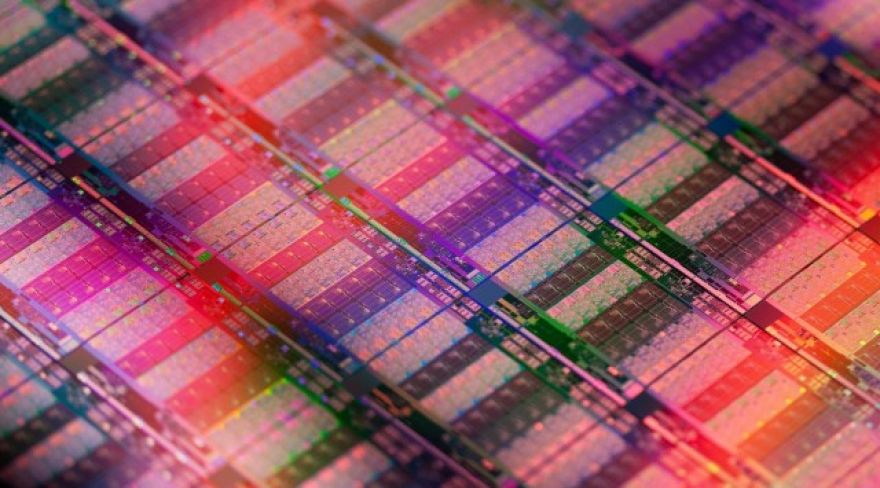
Intel Rebrands Xeon Line, Announces New Chips Based on Skylake
Last week, we discussed rumors that Intel would rebrand its Xeon products. The company has officially announced its new hardware naming system, and given some additional information on how and why it’s making this transition. Instead of naming chips with an E/EP/EX system (think Haswell-E), Intel will use metallic classifications to identify specific parts. This new branding system is being referred to as the Xeon Scalable Processor Family, and it includes a number of different technologies, as shown below:
Omnipath, high-speed Internet, and all get a shout-out here, and there’s a reason for that. Instead of marketing all of these technologies under separate brands, Intel appears to be introducing a unified product system.
According to Intel, one reason for this change was to accommodate customers’ various needs. Under the old system, if you had an application that loved cache, it might run extremely well on an Intel E7 processors, which carry more memory. But you’d pay a huge premium for adapting that part, since Intel’s 8-core chips are so expensive. Under this new system, chips are organized by features and capability, with bronze for entry level and platinum for the ultra-high-end lines.
Bronze CPUs offer entry level performance and supposedly lower clocks, Silver processors are intended for low-power designs, while Gold and Platinum pack their own high-end options. By moving away from core counts as a strict product differentiator, is giving itself permission to sell chips to customers that want them, as opposed to selling high-end chips to people that may never use them.
Whether this will be more friendly to customers is hard to predict. I can see a four-core Xeon packed with 60MB of cache, but there’s no guarantee that this would result in an effective performance boost. Still, I can see Intel’s point. If the Xeon family is growing to include a number of other products, like FPGAs, Omnipath, and other components, it makes sense to add them now.
Intel could also be preparing for AMD’s server launch. Naples is a formidable opponent in various rendering workloads, but it hasn’t been tested in servers — at least not publicly. If AMD’s new chip proves competitive it could give Intel a run for its money. Still, given the value of data center business, this is one area where Chipzilla will fight tooth-and-nail to hold its market share.